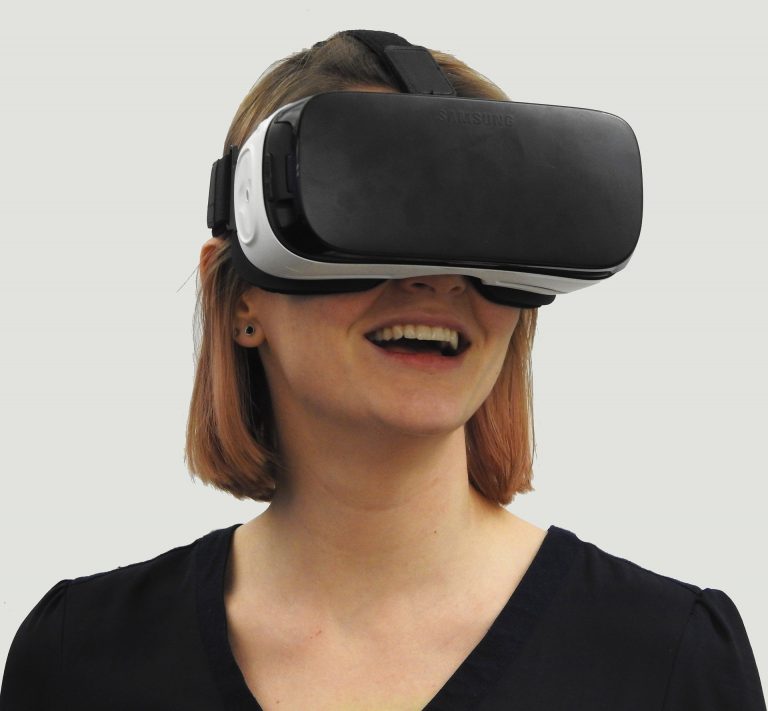
nless you’ve been living under a rock since New Years, you’re probably aware that Lenovo has recently announced the first self-contained VR headset, called the Lenovo Mirage Solo. It is based on Google’s Daydream platform and, whilst it supports the same experiences, it’s actually a standalone piece of hardware (not a shell powered by a mobile phone). Unlike Google’s headsets, the Mirage Solo also lets users walk around virtual space using inside out “WorldSense” tracking.
Most VR video will look exactly the same with or without inside out tracking, so you have nothing to worry about on this front.
Google announced their standalone Daydream headsets at last year’s I/O conference and an internal prototype was made available for people to trial. This newest announcement from Lenovo, however, provides us with a fuller picture of the product, including what it will look like and its specs.
Although its black and white design is reminiscent of Samsung’s Gear VR, the Mirage Solo also has a headband shape that’s more similar to the Sony PlayStation VR or Samsung Odyssey.
The Mirage Solo is based on Qualcomm’s Snapdragon 835 VR platform. It has 4GB of RAM, a promised battery life of seven hours, a weight of 645 grams (one of the heaviest mainstream VR headsets on the market), a 5.5 inch LCD screen, 1280×1440 pixels, 64GB of storage, and a microSD slot for more space.
It is also rumoured to have a play space diameter of around 1.5 metres, which is far less than you would get on high-end tethered headsets (like the HTC Vive, which lets you move up to 16 feet diagonally) but is still quite a reasonable range of motion. It doesn’t have fully tracked motion controllers, however. Instead, it uses the same motion-sensitive remote that other Daydream headsets do. Full-hand tracking technology is a little ways off, according to experts.
Lenovo is also promoting the Mirage Solo alongside a YouTube-focused camera, which can be purchased separately.
Whilst the price hasn’t yet been set in stone, all reports point to the Mirage Solo being cheaper than the Vive but similar cost-wise to the Oculus Rift or Sony PlayStation VR. No matter what, we can expect it to be more expensive than the Oculus Go, which is priced at $199 – this device doesn’t feature inside out tracking, however, and tethered headsets like the Rift require an external console which adds further to the cost.
At this stage, it is expected that the Lenovo Mirage Solo will cost less than $400 and will be launched alongside the Lenovo Mirage VR streaming camera (which is rumoured to cost less than $300). Both devices are expected to ship sometime in the second quarter of 2018.
The Mirage Solo is an interesting experiment for both Google and Lenovo, but it is still yet to be seen how exactly it will change the Daydream landscape. No matter what, it has become clear that self-contained headset design and inside out tracking are two of the next steps for VR. It’s exciting to see Google and Lenovo showing us what the future may look like.
For more info related to Technology News & Gadget Updates, visit Latest Products Australia!